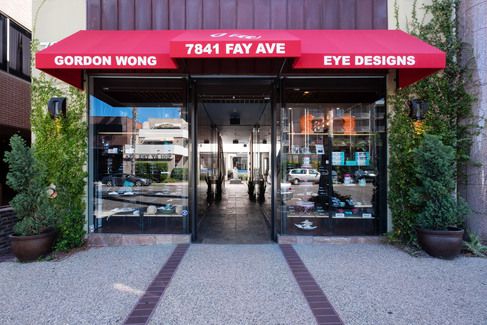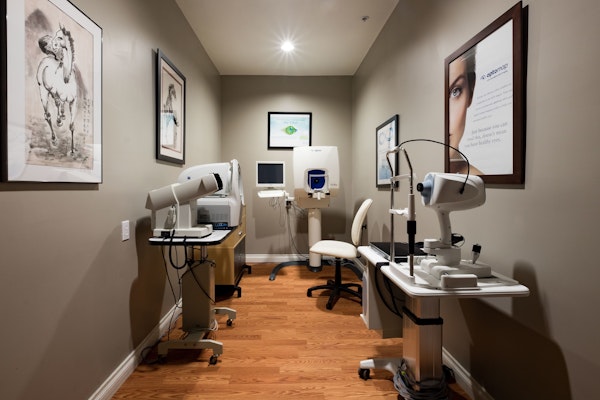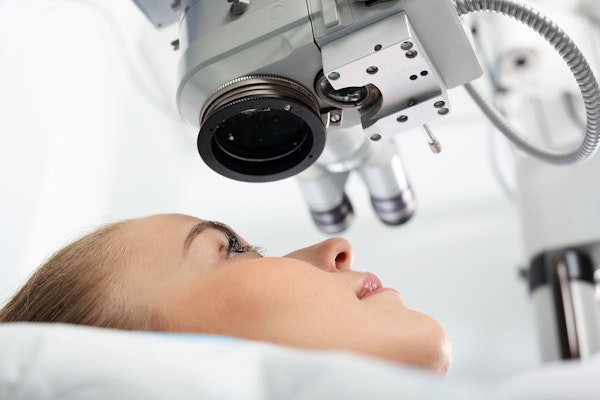Understanding Pterygium Treatment Options
 Vision care is important to protecting eye health and treating conditions that can impact eyesight.
Vision care is important to protecting eye health and treating conditions that can impact eyesight.
Drs. Gordon G. Wong and Wildon C. Wong offer comprehensive vision care, providing both optometric and ophthalmic services. One condition they commonly treat are benign growths on the eye called pterygium.
If you have developed pterygium and would like more information about pterygium treatment options in the La Jolla, CA area, contact Gordon Wong Eye Design & Optometry to schedule a consultation.
Pterygium Treatments Options
Pterygium, sometimes called “surfer's eye,” is a non-cancerous growth on the conjunctiva, the tissue that covers the eye and lines the eyelids.
Although not life threatening, pterygium can be irritating and may interfere with vision. Seeking treatment can help alleviate the symptoms of pterygium and restore vision.
There are a variety of treatment options for pterygium. The type of treatment primarily depends on the severity of the growth and the impact it has on the patient's vision. Let's take a closer look at treatment options for pterygium, beginning with non-surgical treatments.
Non-surgical Treatment Options for Pterygium
Pterygium can cause mild symptoms, such as temporary eye redness or irritation. When symptoms are mild and don't interfere with vision, treatments are conservative and often limited to lubricating medications, like over-the-counter eye ointments or eyedrops to help reduce irritation and eye redness.
For slightly more severe symptoms, like itching, swelling, and pain, a steroid eyedrop may be prescribed.
In addition to ointments or eyedrops, patients should wear sunglasses with UV protection when outdoors and while driving. Exposure to UV radiation is one of the primary causes of pterygium growths.
Surgical Treatment Options for Pterygium
When symptoms of pterygium are severe, patients may experience chronic eye irritation and no longer find relief from non-surgical treatments.
In more severe cases, astigmatism may develop as a result of the growth affecting the curvature of the eye. When astigmatism develops, vision is blurry and the eyes may feel strained.
Patients may choose to have pterygium removed, even if the growths haven't caused any minor or major symptoms, due to cosmetic reasons. Pterygium appear pink and fleshy near the tear duct and can extend to the pupil. Many people with pterygium are unhappy with the appearance of these growths and may seek surgery to restore their appearance.
There are different types of surgical options for the removal of pterygium, such as:
- Bare sclera technique: With this surgical technique, the pterygium is removed and the eye is left to re-epithelialize, or heal and regrow tissue, where the growth was removed. Sometimes a medication called mitomycin-C is placed where the growth was removed to help prevent scar tissue from forming.
- Conjunctival autograft technique: With this technique, a graft is taken from a part of the patient's own conjunctiva tissue. The graft is then secured in place where the pterygium was removed.
- Amniotic membrane grafting: With this approach, an amniotic membrane graft is placed where the pterygium was removed and secured in place with a fibrin glue.
Discover Your Treatment Options
If you are experiencing uncomfortable symptoms from pterygium, or are unhappy with the appearance of these growths in one or both eyes, treatment is available. To learn more about treatment options and to find out which one is right for you, please call (858) 454-4699 to schedule a consultation with Dr. Gordon or Wildon Wong.







